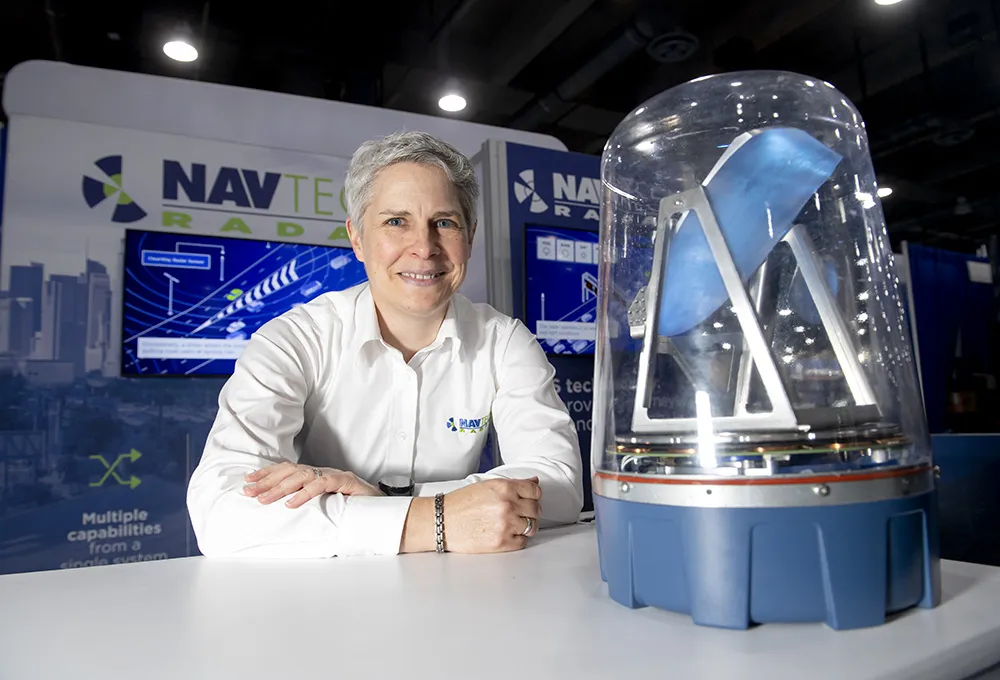The U.S. Department of Transportation’s National Highway Traffic Safety Administration (NHTSA) released proposed guidelines today to help address driver distraction caused by mobile and other electronic devices in vehicles. The announcement covers the second phase of voluntary guidelines to address driver distraction on US. roads. The first phase focused on devices or systems built into the vehicle at the time of manufacture.
The proposed, voluntary guidelines are designed to encourage portable and after
November 25, 2016
Read time: 2 mins
The U.S. Department of Transportation’s 834 National Highway Traffic Safety Administration (NHTSA) released proposed guidelines today to help address driver distraction caused by mobile and other electronic devices in vehicles. The announcement covers the second phase of voluntary guidelines to address driver distraction on US. roads. The first phase focused on devices or systems built into the vehicle at the time of manufacture.
The proposed, voluntary guidelines are designed to encourage portable and aftermarket electronic device developers to design products that, when used while driving, reduce the potential for driver distraction.
The guidelines encourage manufacturers to implement features such as pairing, where a portable device is linked to a vehicle’s infotainment system, as well as Driver Mode, which is a simplified user interface. Both pairing and Driver Mode will reduce the potential for unsafe driver distraction by limiting the time a driver’s eyes are off the road, while at the same time preserving the full functionality of these devices when they are used at other times.
The proposed, voluntary guidelines are designed to encourage portable and aftermarket electronic device developers to design products that, when used while driving, reduce the potential for driver distraction.
The guidelines encourage manufacturers to implement features such as pairing, where a portable device is linked to a vehicle’s infotainment system, as well as Driver Mode, which is a simplified user interface. Both pairing and Driver Mode will reduce the potential for unsafe driver distraction by limiting the time a driver’s eyes are off the road, while at the same time preserving the full functionality of these devices when they are used at other times.










